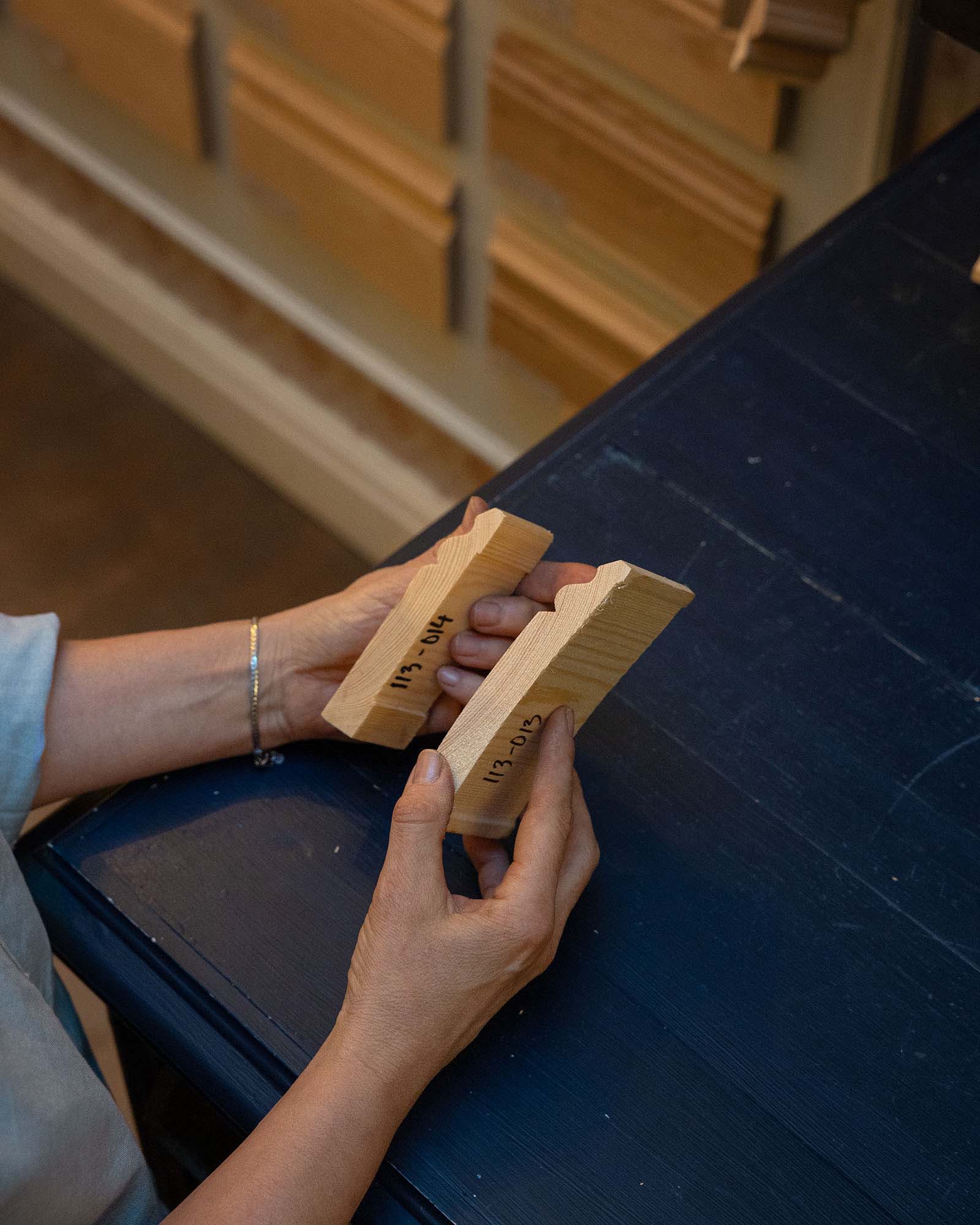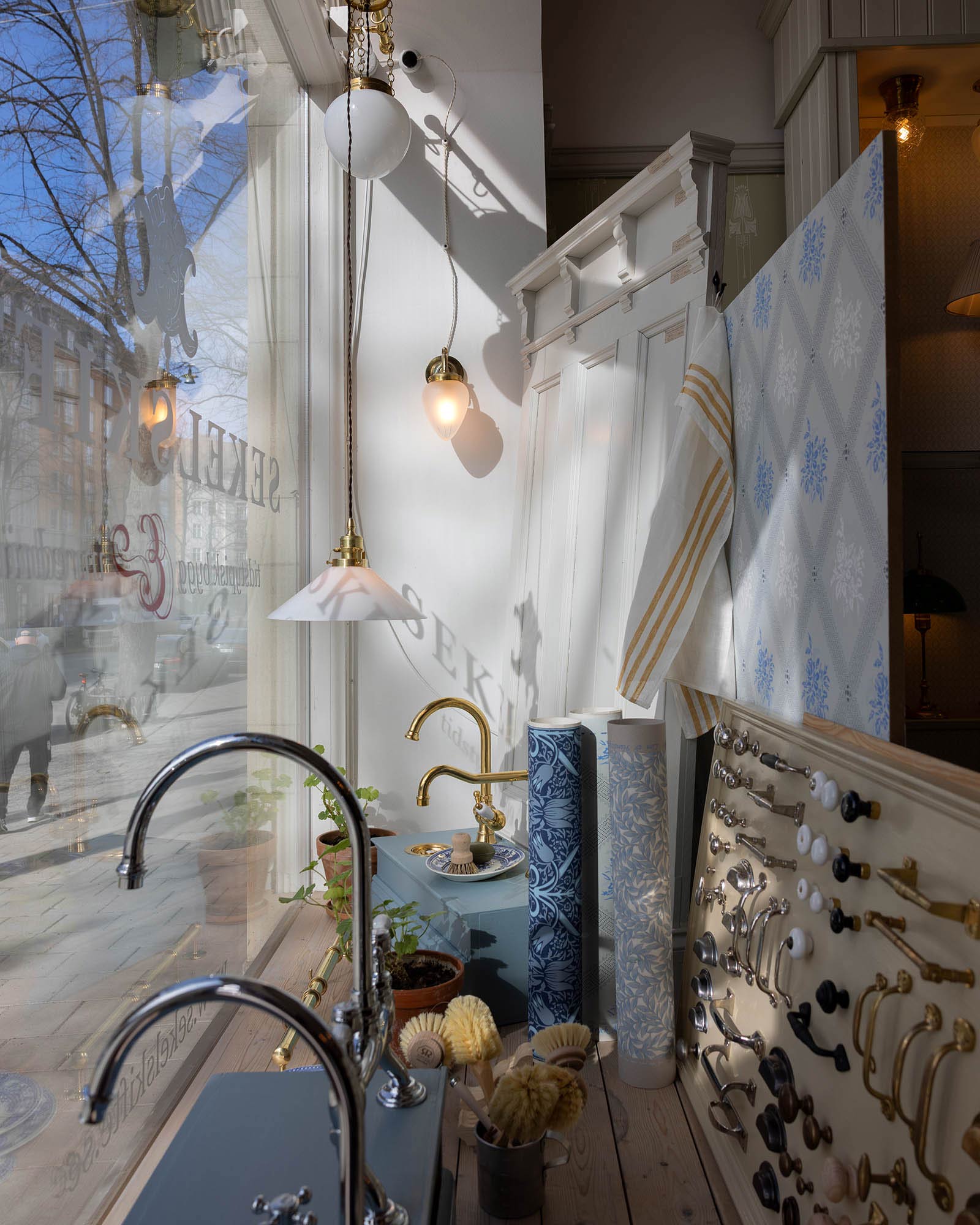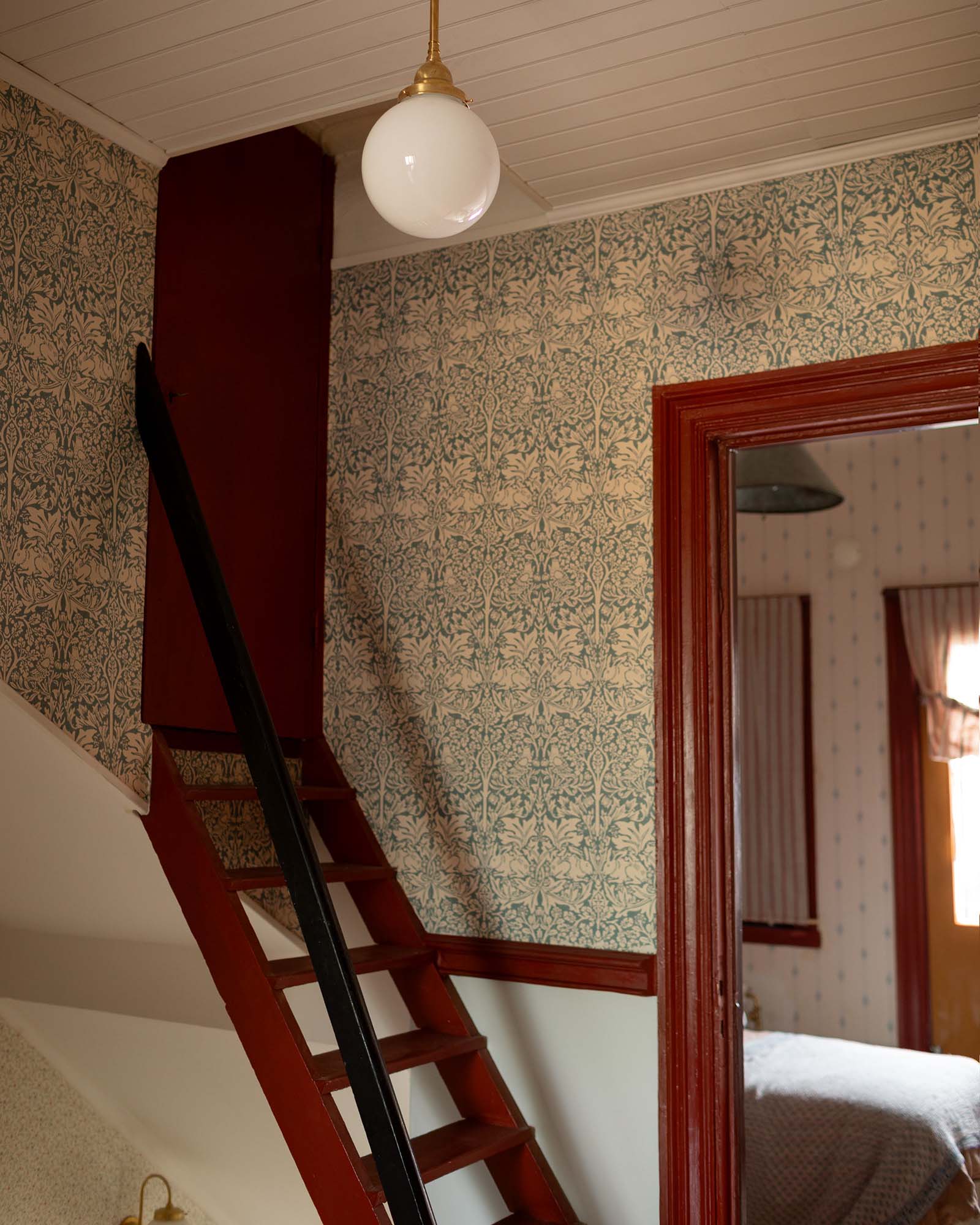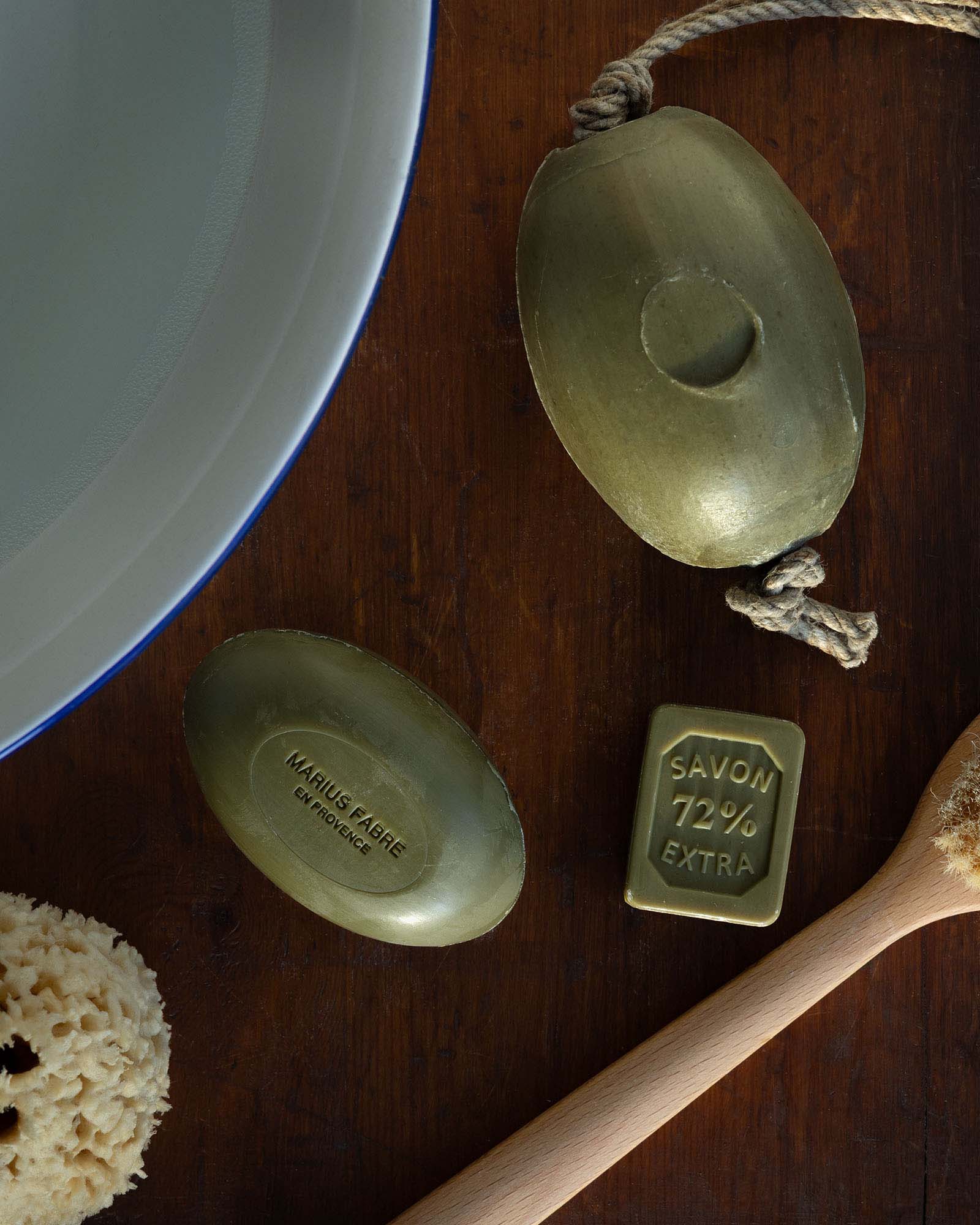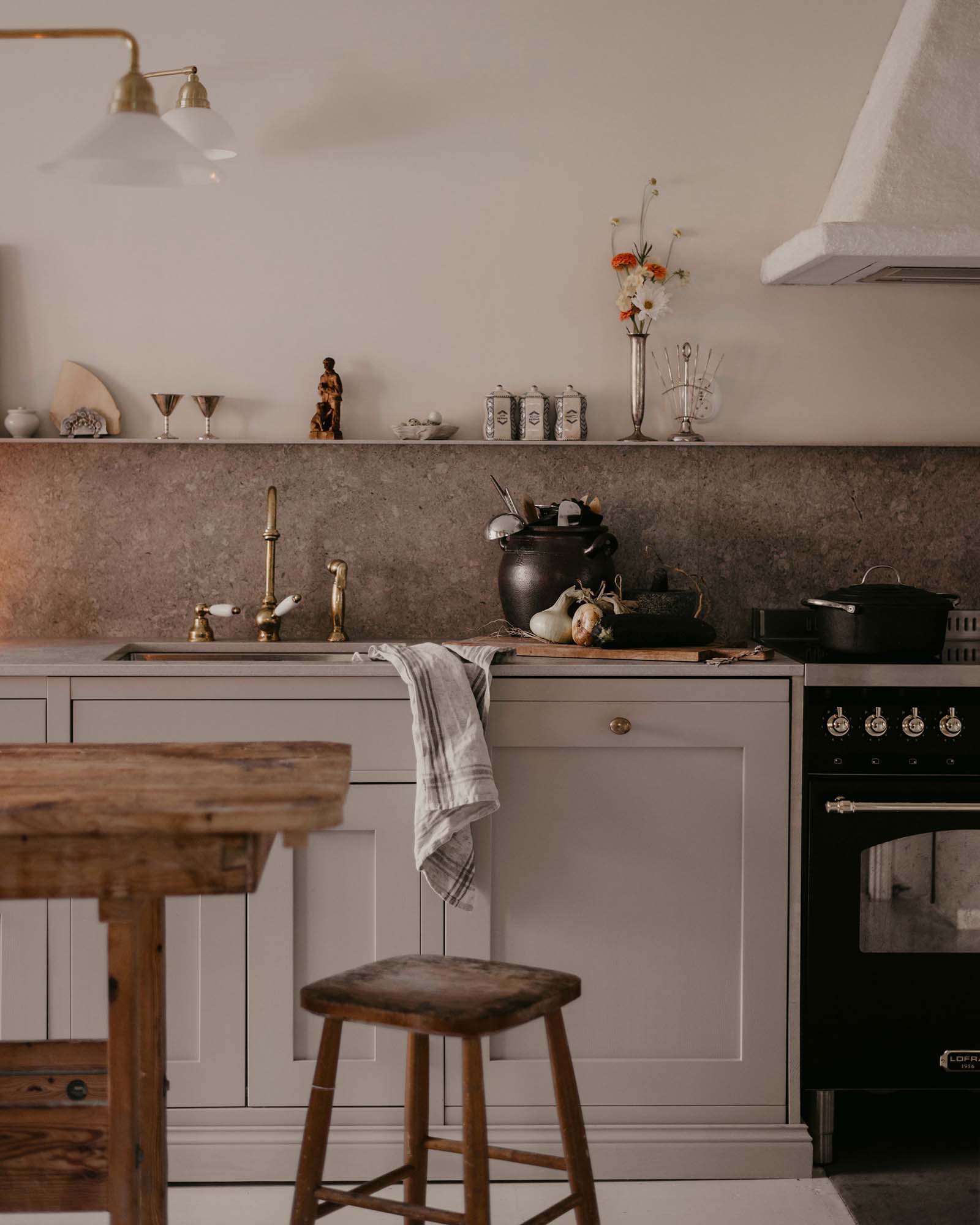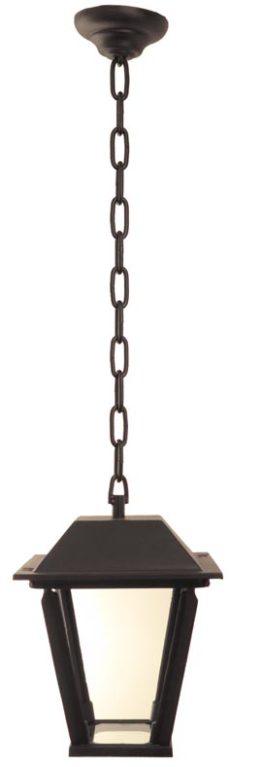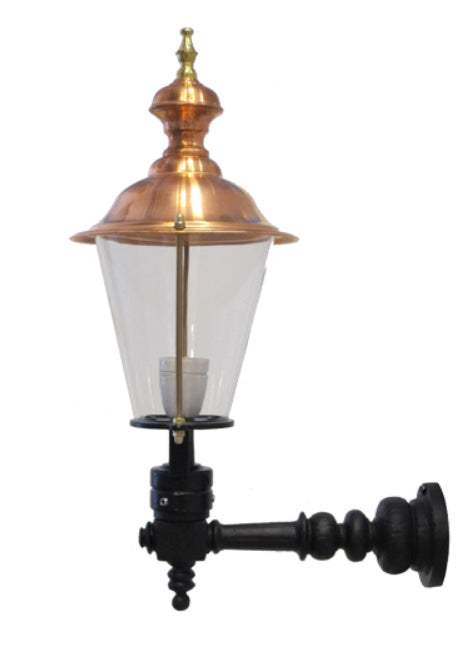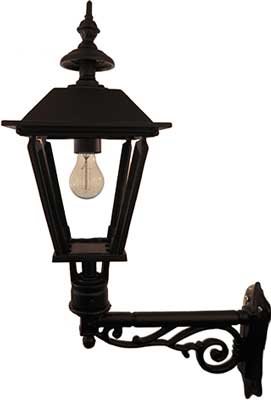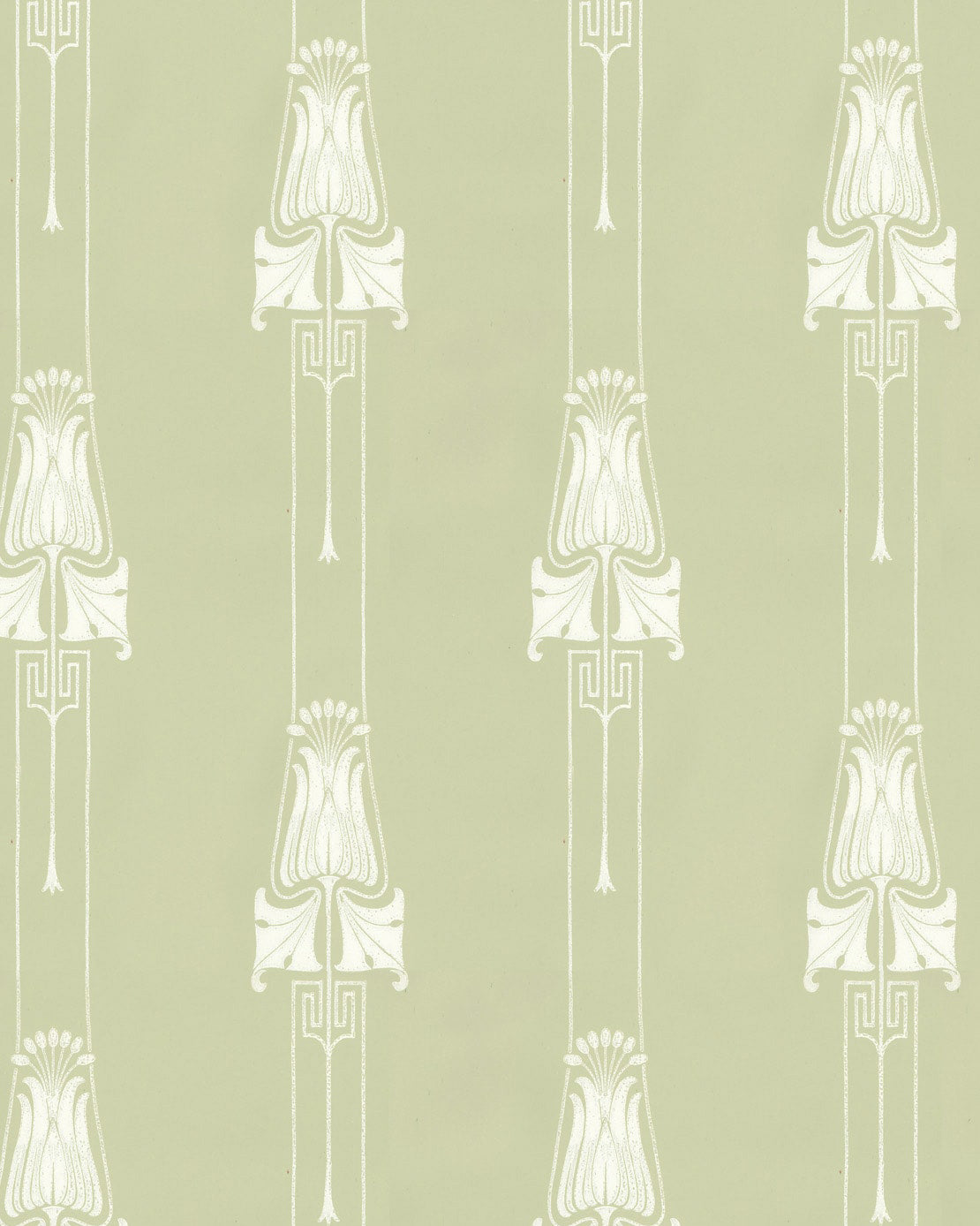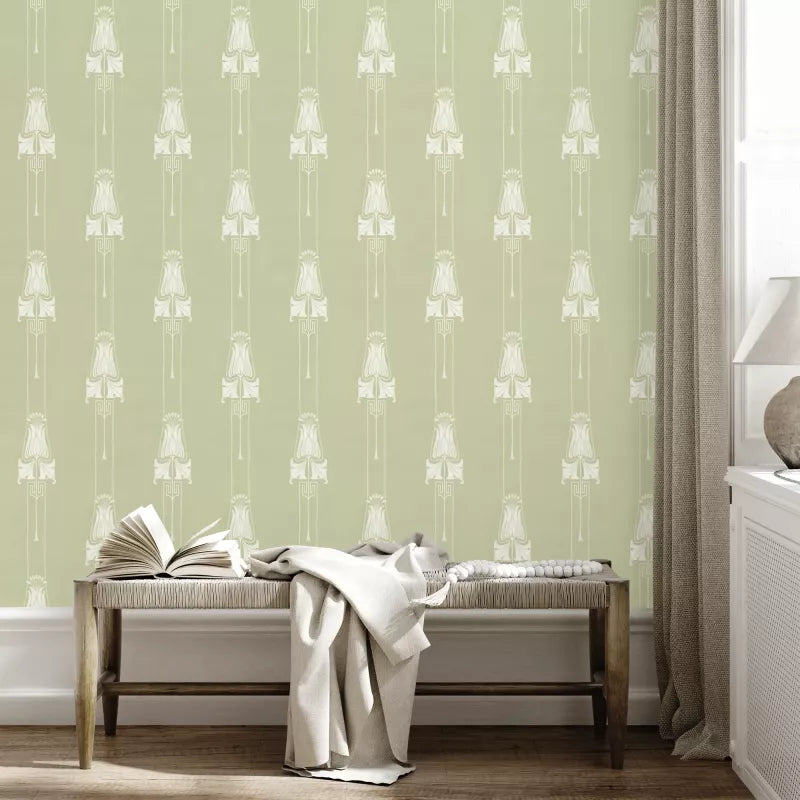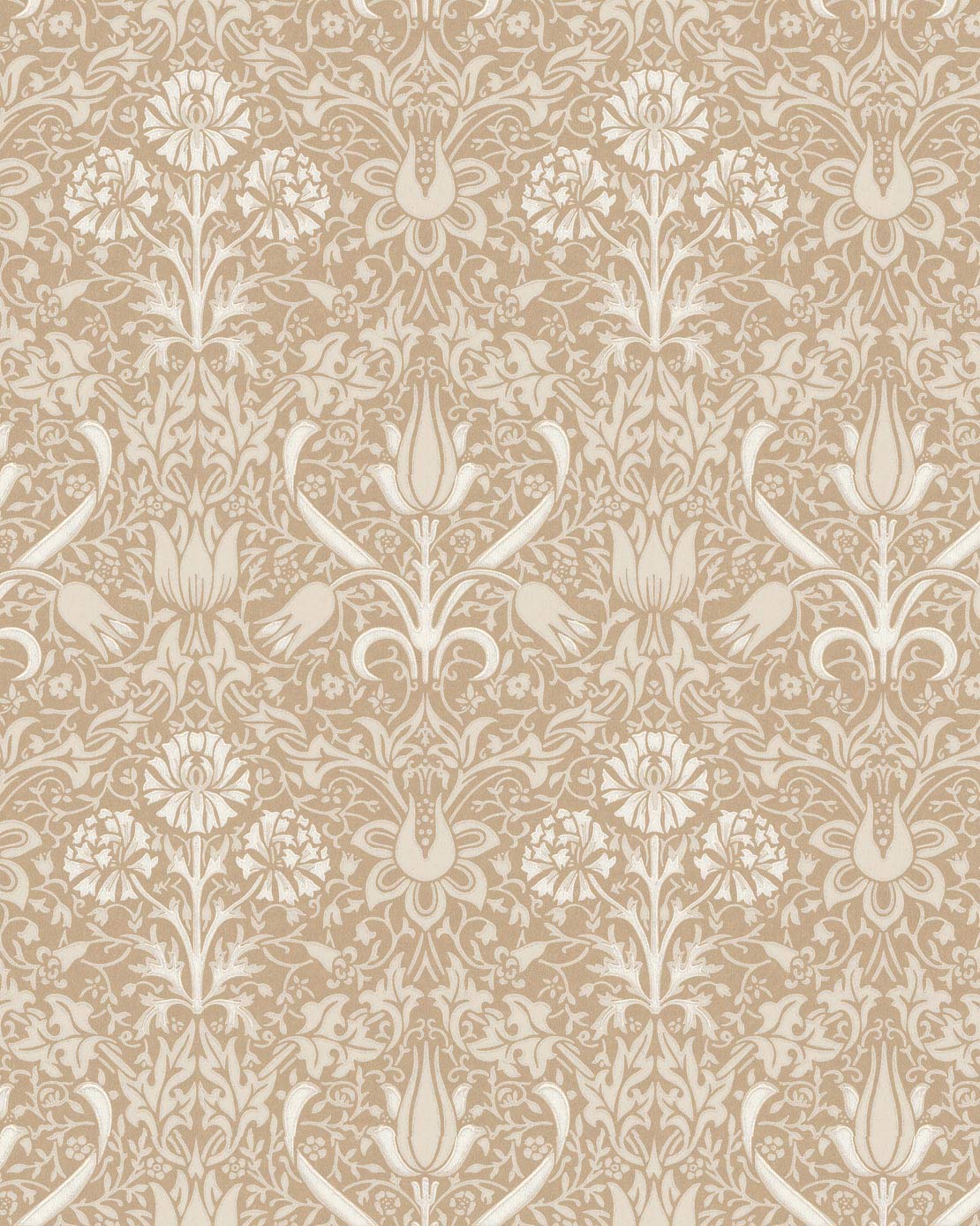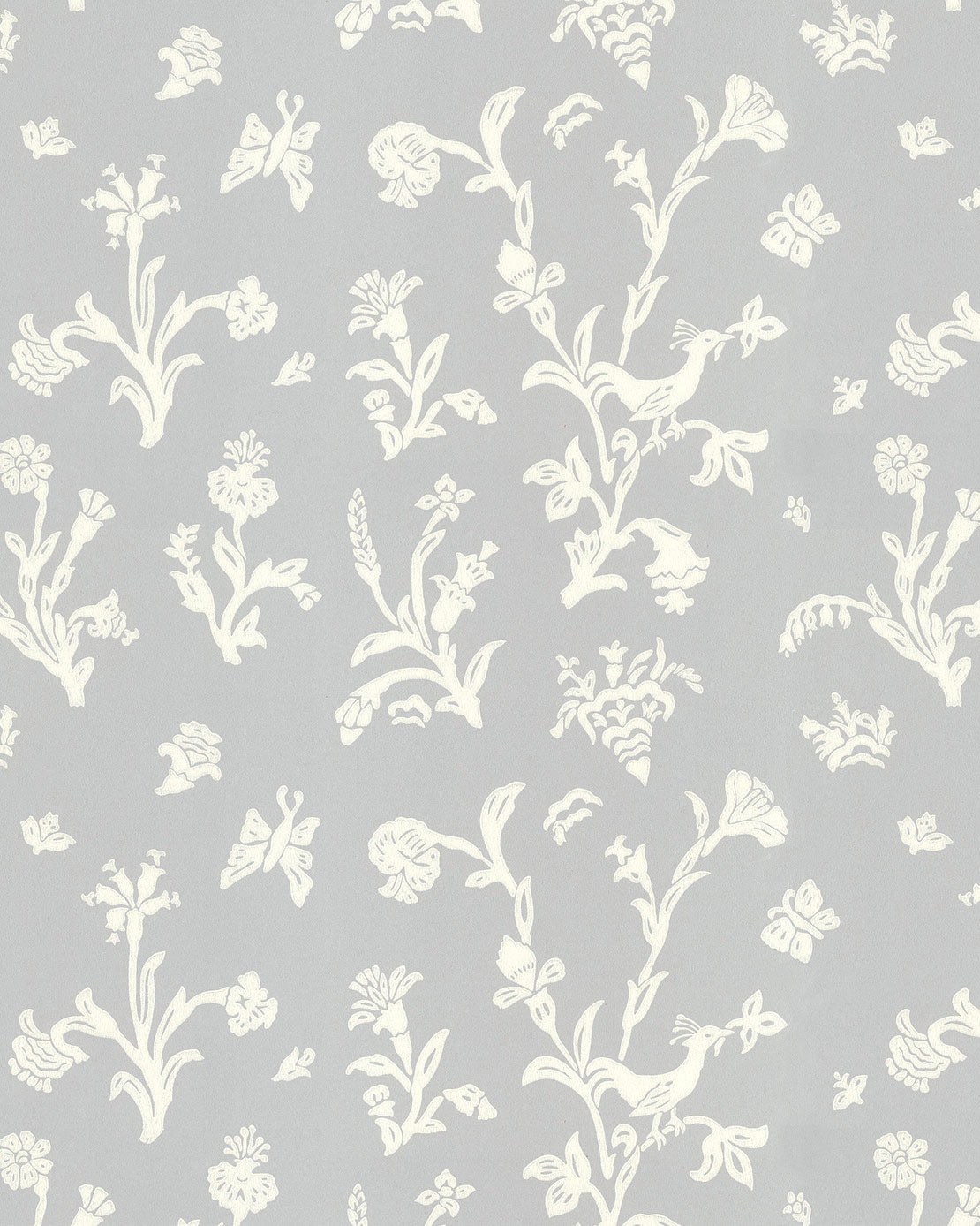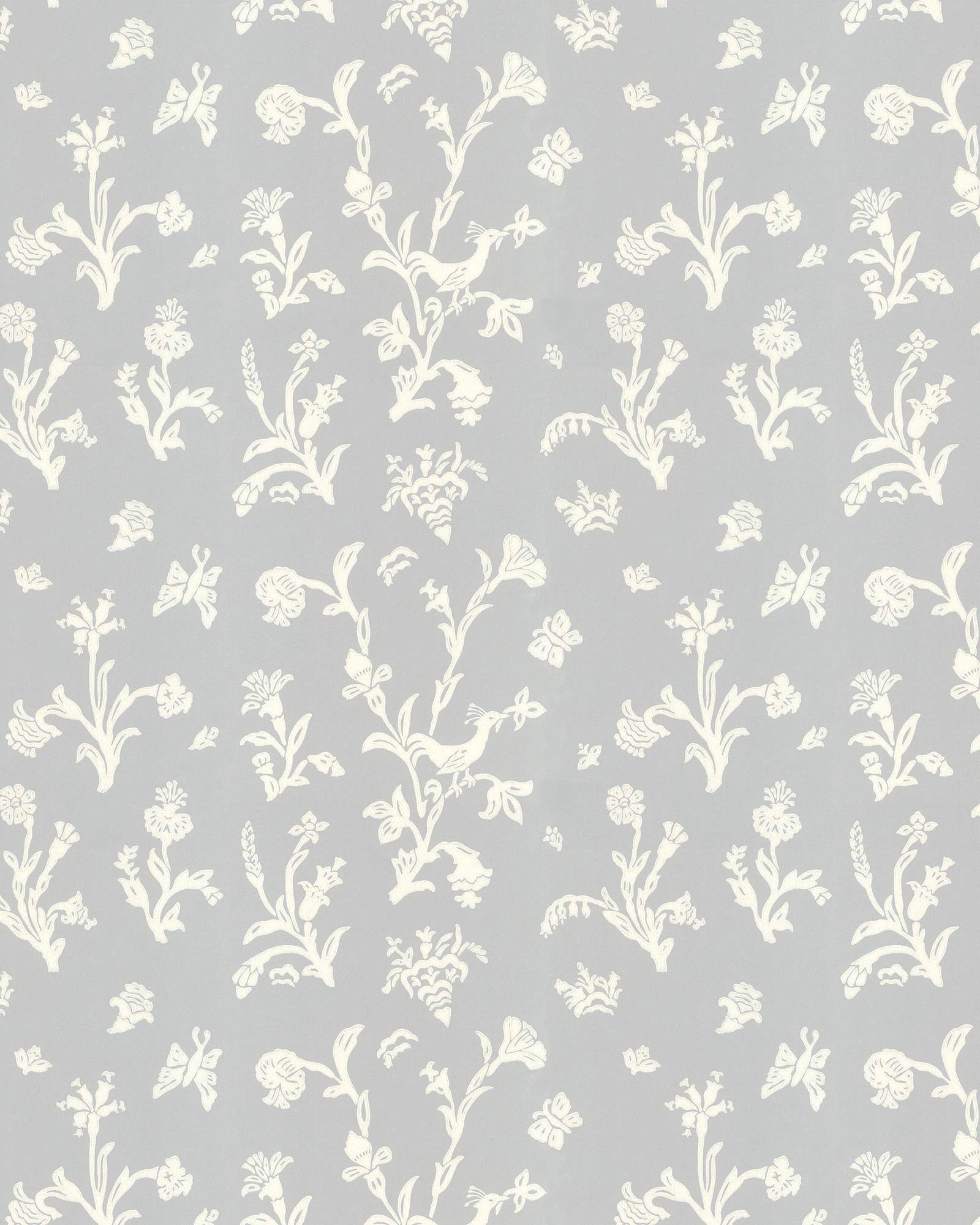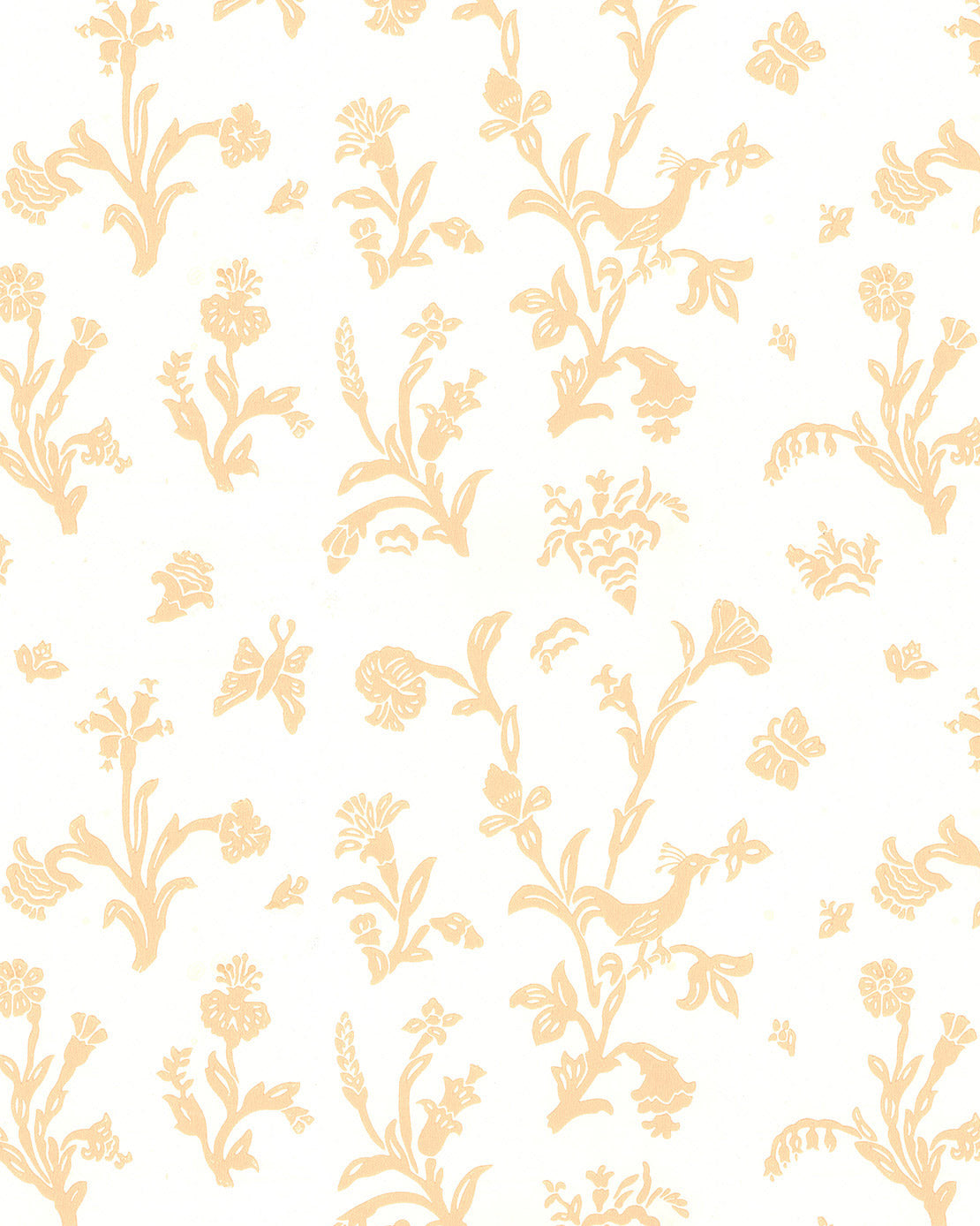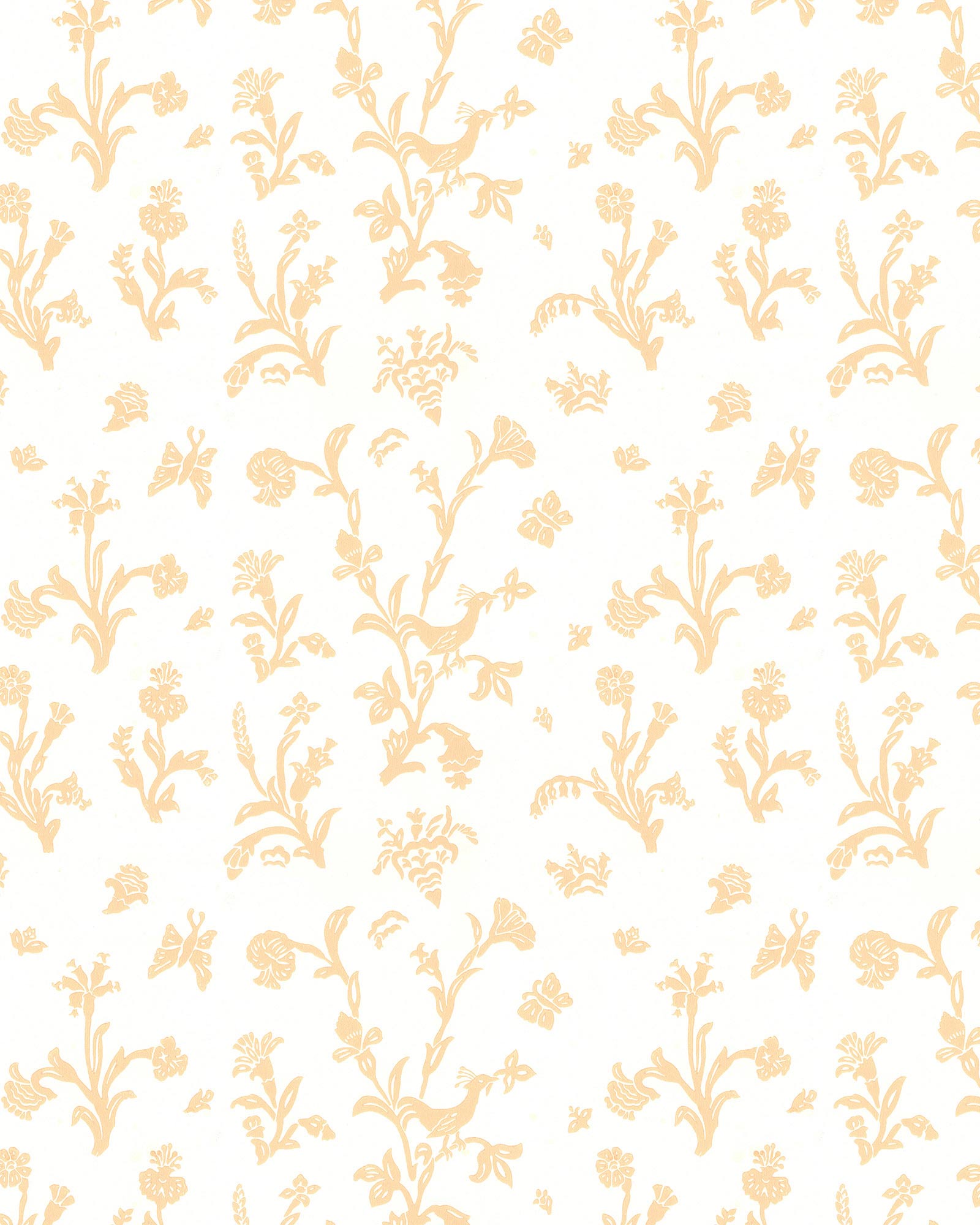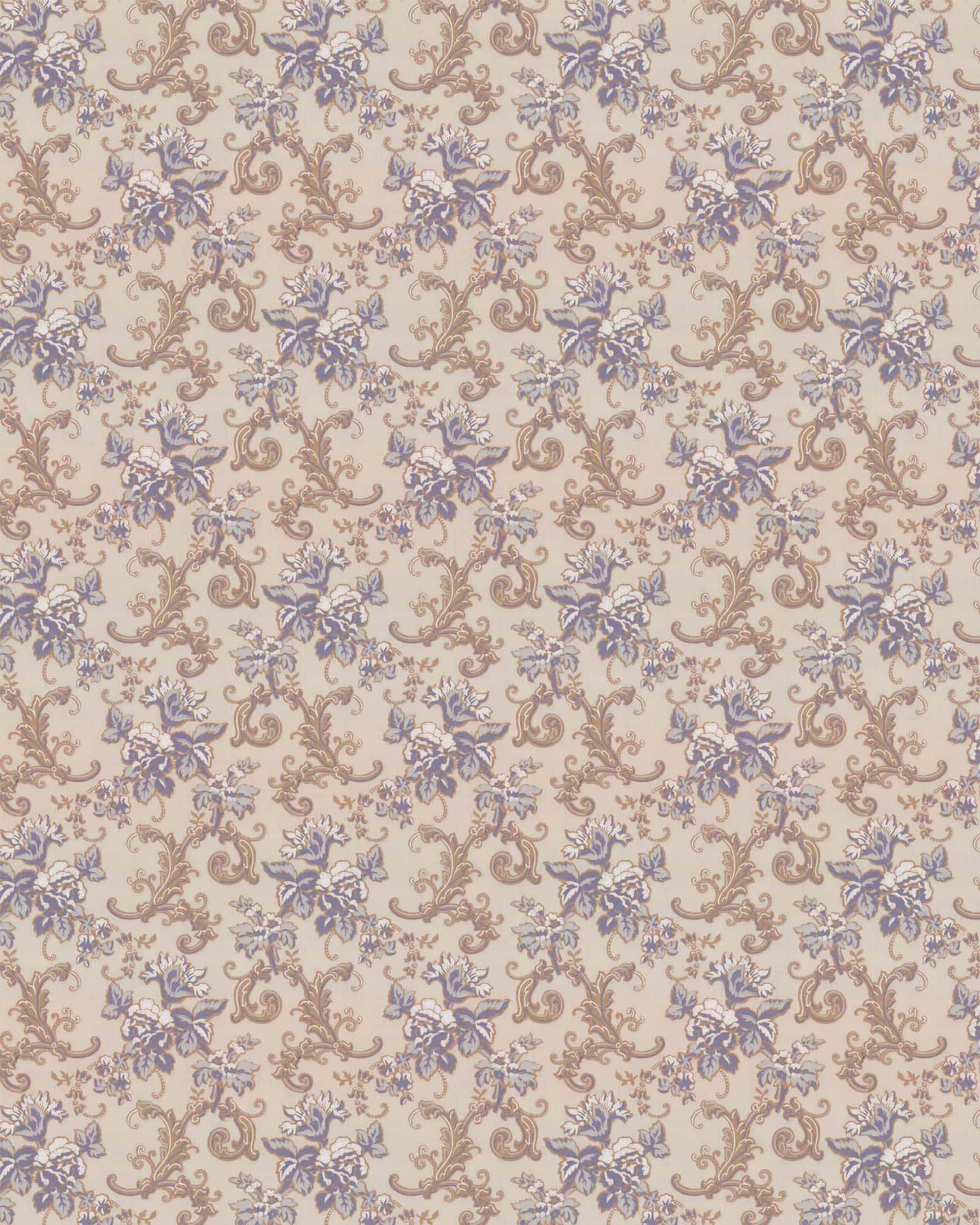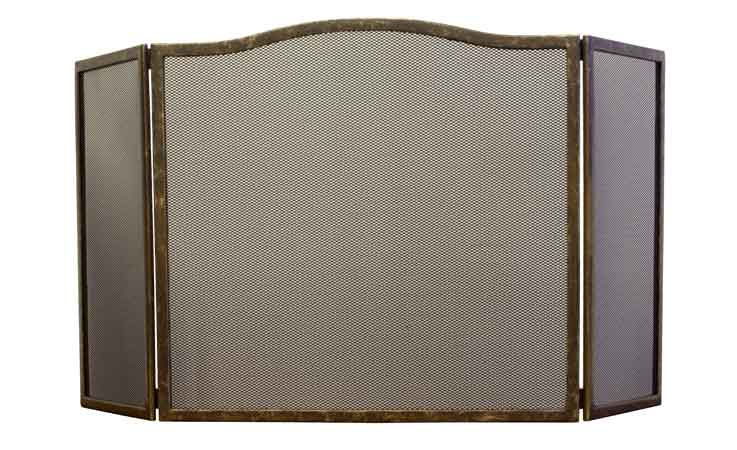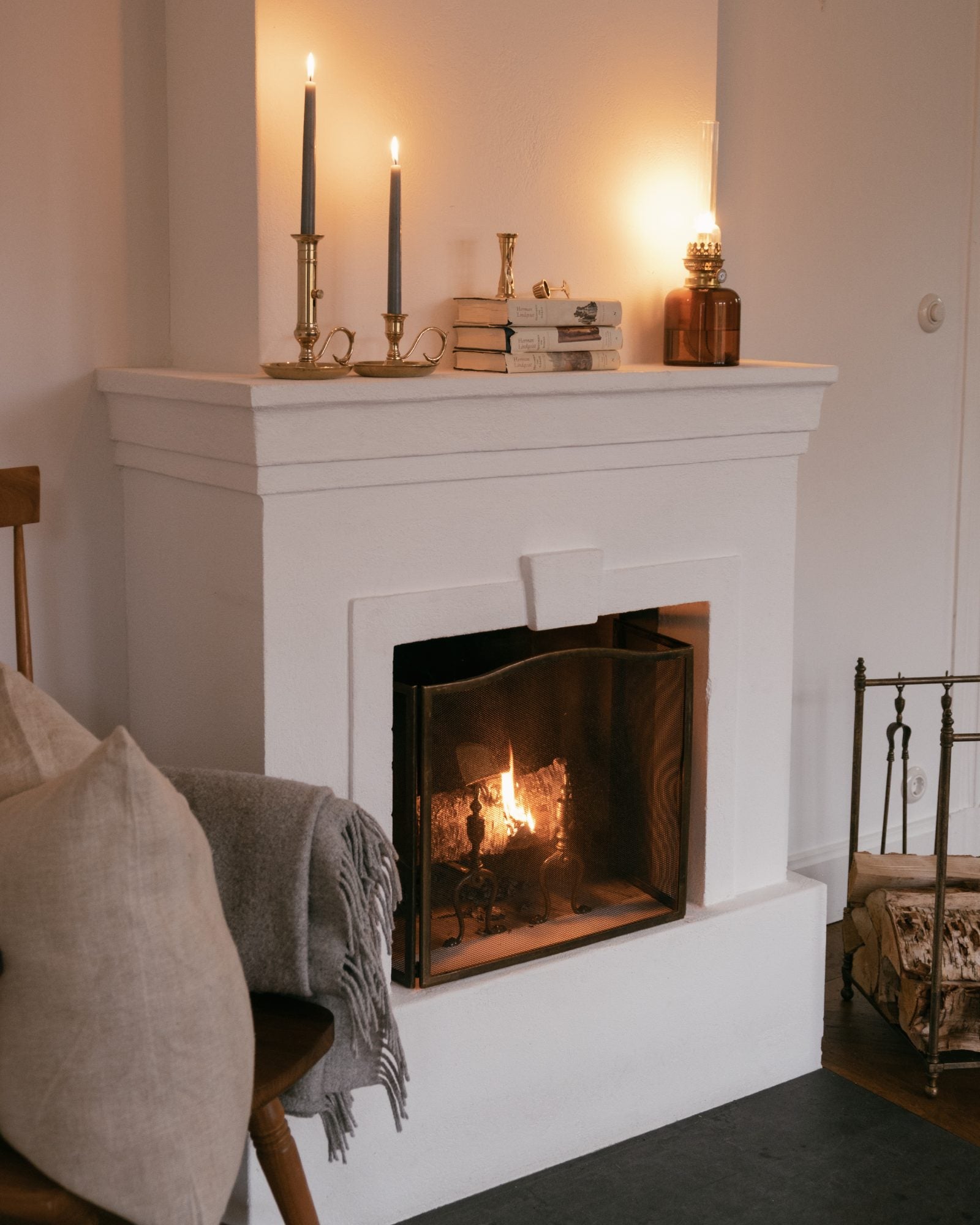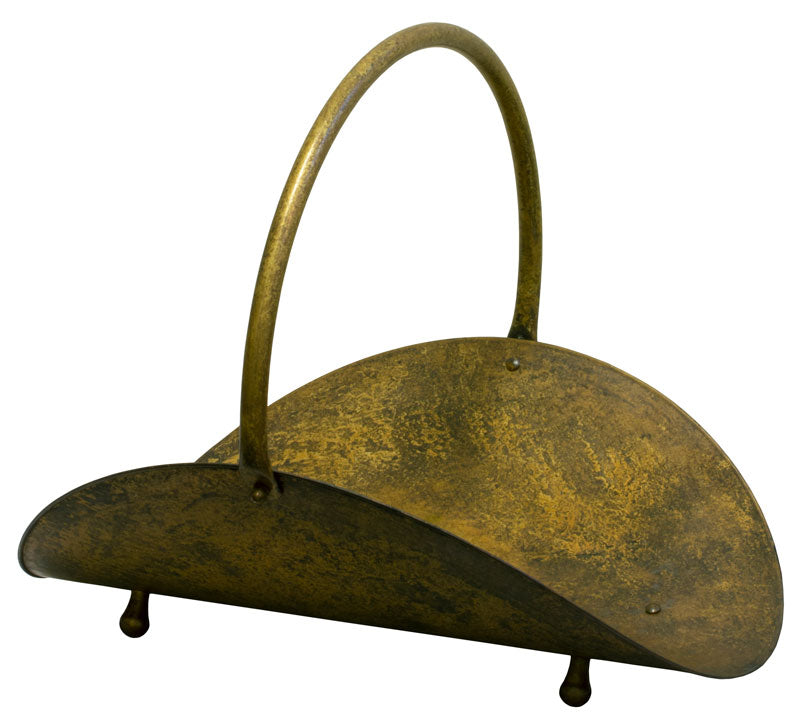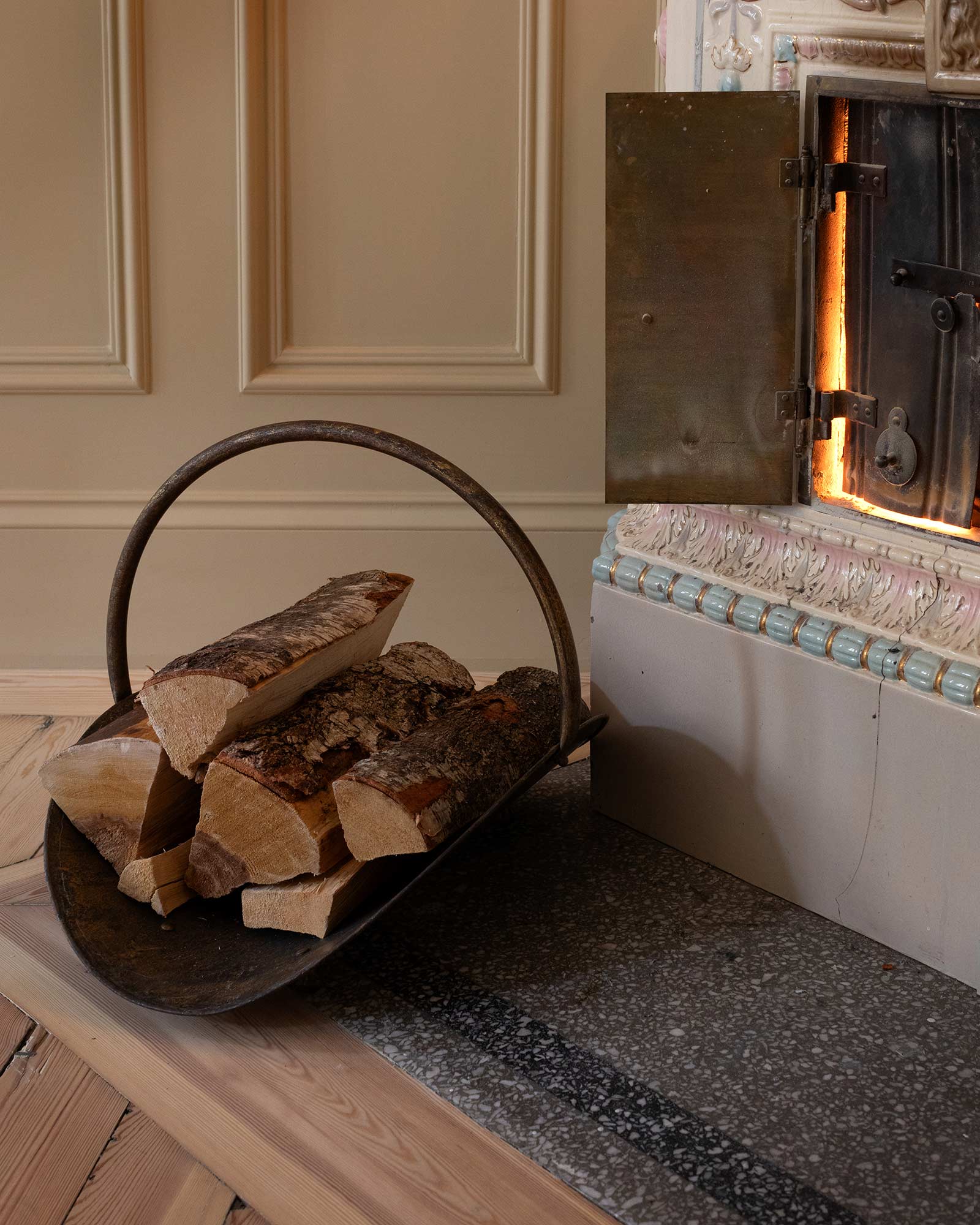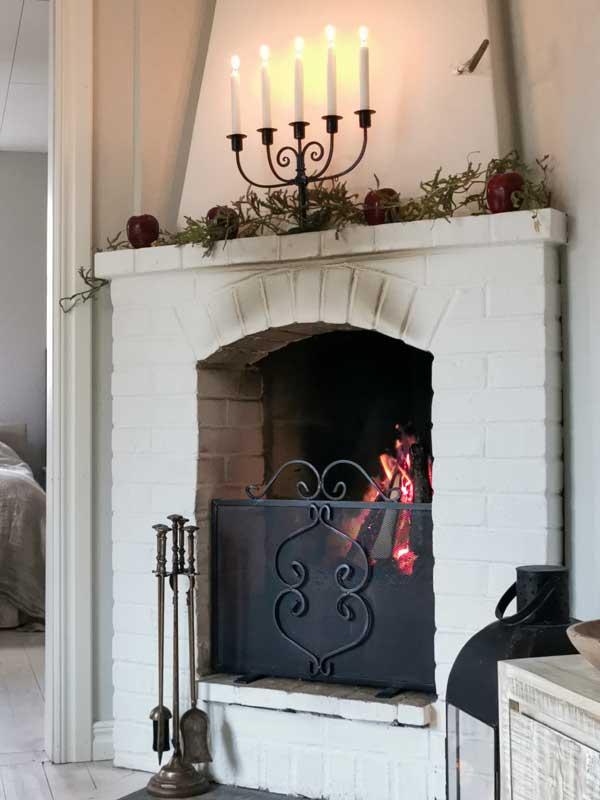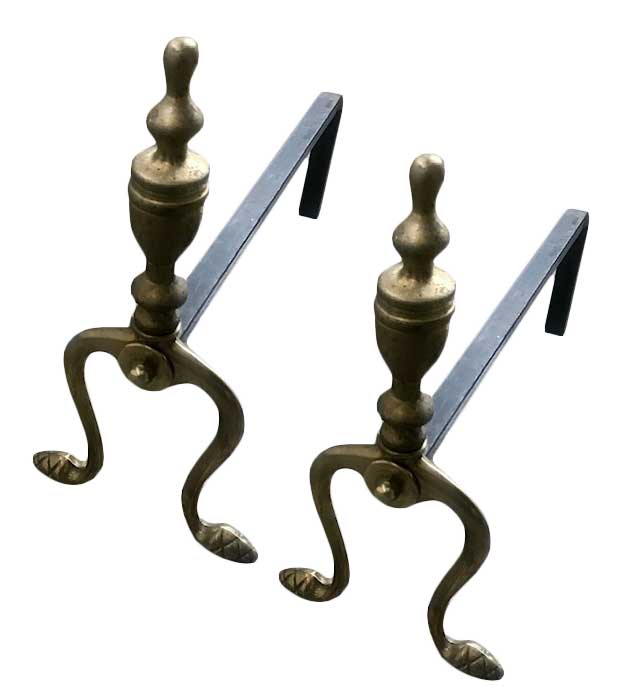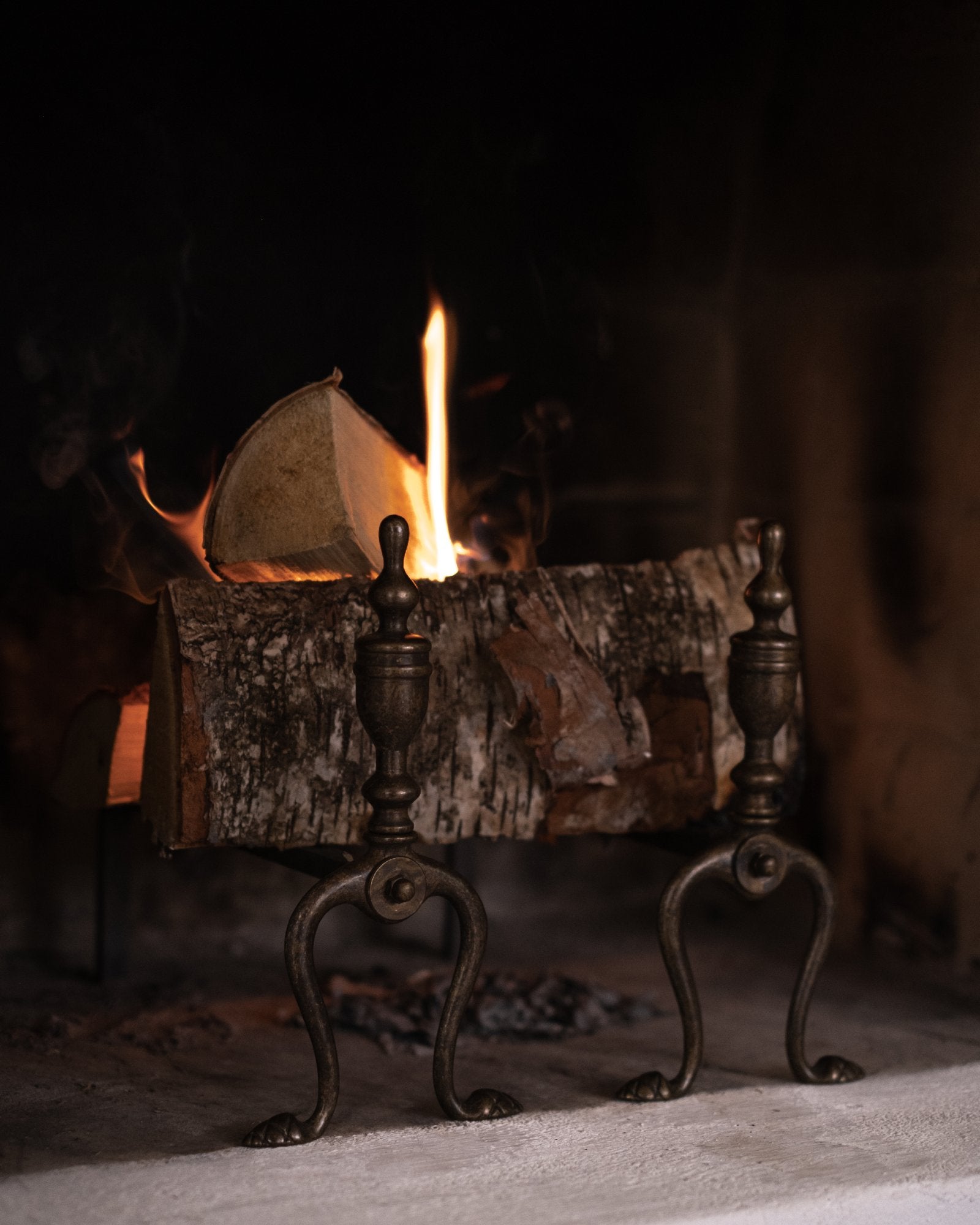Style History ~ 1910-1920 National Romanticism
Housing, Lighting, Wallpapers & Fireplace
The National Romantic Home
During the 1910s, architects and artists began to take an interest in home interiors, advocating for practical and beautiful homes accessible to all social classes. The 1917 Home Exhibition at Liljevalchs in Stockholm played a significant role in demonstrating how small homes could be pleasantly furnished with affordable furniture. This era also saw continued technological advancements, notably the standardization of electric lighting in urban stone buildings and larger villas. Central heating, flush toilets, and bathrooms in larger apartments and villas marked a new standard in housing.
The decade introduced significant technological achievements like the electric stove and the vacuum cleaner. In more lavish settings, the interior decoration was dominated by a romantic view of history with inspirations drawn from the Viking Age and the medieval period. This influence was particularly evident in painted wooden ceiling panels, whitewashed walls, rough wooden floors, and rustic built-in seating in deep window nooks and staircases. Oak and mahogany were commonly used in woodwork, though dark-stained pine was a more affordable option. Despite the installation of central heating, tiled stoves were often used to complement the heating system, and large residences also featured fireplaces to evoke the communal spirit of ancient times.
Walls were adorned with hand-woven textiles in bright colors, frequently depicting Norse motifs, and hand-forged crowns were common in ceilings. However, when it came to everyday items, this style did not permeate as extensively as the Art Nouveau style had previously.
Lamps & Lighting - 1910s
In Stockholm, only about 20% of residents had electric lighting in 1910. However, in the recessed entrances of multi-family buildings, there was often an electric lantern made of wrought iron and glass. On the facade of villas, a fixture made of, for example, copper sheet with yellow pressed glass was commonly installed. Even street numbers could be illuminated, either in the transom window above the door or as a copper sheet lantern on the facade.
In lavish interiors, fixed ceiling fixtures with bare light bulbs could be mounted in the corners of a room and integrated into the decor. The electrical wiring was surface-mounted, using twisted textile cables affixed to porcelain insulators on ceilings and walls. Switches and electrical outlets were also surface-mounted and often installed on wooden plates. In 1908, Bakelite was patented and quickly became popular in electrical products due to its heat resistance and good insulating properties, combined with being cheaper than porcelain. In terms of switches, porcelain and Bakelite coexisted for many years and remained equally popular during the early decades of the 20th century.
During the 1910s, it became common to antique-finish brass to give lamps an older look. Before the introduction of tungsten filament lamps in the 1910s, clear glass shades were most common in ceiling and wall lamps. The glass was etched with patterns to break the light and to some extent prevent glare, with the most common pattern being a grid with a cut star at the bottom of the glass.
In the first two decades of the 20th century, blasted and bubbly glass, known as "crocodile glass," also became popular. Before the introduction of stronger tungsten filament lamps in the 1910s, opaque white glass was only used in open shades where directed light was desired, such as in the opaque white cobbler's shade. With the introduction of stronger bulbs, there was also a need to disperse light without causing glare, which was best achieved through opaque white glass.
Wallpapers - 1910s
During World War I, wallpaper fashion changes. Small-patterned wallpapers with little bunches of flowers break through on a wide front from 1915 and spread coziness. Large-scale Art Deco patterns are launched with strong black outlines and bright colors, preferably with elements of birds. In luxurious apartments' dining rooms, dark tapestry wallpapers continue to be popular, and in the living room, wallpapers that mimic shimmering silk fabric in light colors are chosen. For bedrooms, light wallpapers with flowers are selected.
Fireplaces – 1910s
As part of the National Romantic ideal, open fireplaces are built in larger residences. Since houses are now commonly heated with central heating, the traditional tile stoves are no longer necessary, leading to the construction of a comfort-creating open fireplace. The open fireplace is designed to evoke earlier times when people gathered around an open fire. These fireplaces are often placed centrally on a wall in a spacious hall or in a corner of a living room. The fireplace is designed with a mantel, either plastered or clad with marble.
Due to the fuel shortage during the war years, central heating is supplemented in some cases with tiled stoves in simpler rooms. The national romantic tiled stove is designed both round and flat with simple floral patterns on parts of the stove. There are also solid-colored stoves in pale green or blue with relief tiles. Box-shaped tiled stoves with a tapering top are a new feature.




























































































